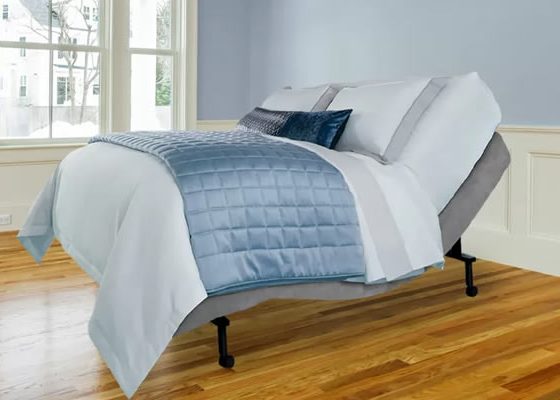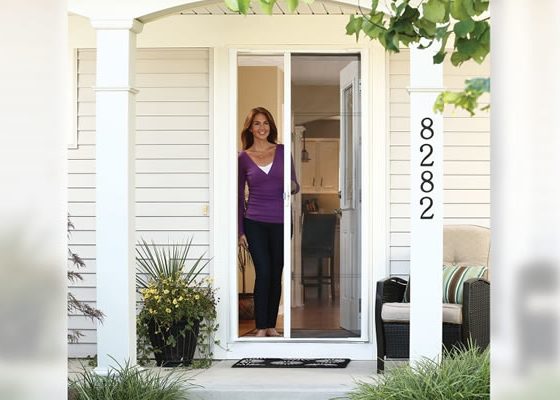A few tips on hardwood floors can save you money. Pre-planning ensures you end up with the right hardwood floors for your budget and lifestyle. The only upfront investment you need to make is your personal time.
Set a Budget
The first thing you want to do is set a budget. You can spend tens of thousands of dollars on a whole house hardwood floors project, but if you set a budget, you can deflate that expense.
- Work within your budget and don’t make exceptions.
- Look for alternative ways to get what you want. Be open to a different flooring for the main level than the upstairs level.
Work in Zones
Another way to get exactly what you want is to work in stages. This can be as simple as dividing your house into zones. For example:
Zone One
This area should include the main entrance, such as the foyer. A hallway, alcove and/or staircase that lead off of this entryway are included.
Zone Two
Any room(s) that can be seen from the foyer should be included in your initial planning, such as a living room, dining room and/or kitchen.
Zone Three
This area should include any leftover rooms on the first level, such as a half bath, pantry or laundry room.
Zone Four
If your home has two levels, the upstairs hallway, landing and rooms should be included in this zone. You may need to breakdown into smaller zones depending on your budget.
Zone Five
Anything left over goes into this zone, such as an unfinished basement or bonus room over the garage.
Schedule Each Zone
Using your budget, you can create a timeline for scheduling each zone to be completed. Be realistic about how long each zone will take to complete, payoff and move on to the next zone.
Consider Financing Options
Consider different ways you can pay for your new hardwood floors.
- If you must borrow money or use a credit card to cover the zone, be sure you consider the interest and how much each zone will eventually cost.
- Investigate other ways to finance your home improvement project(s) that will save you money.
Decide on Type of Wood
The type of wood you choose can impact your budget negatively or positively. Some wood species are more expensive than others.
- Starting point: Go with your heart’s desire when selecting the type of wood you want.
- Compare: Do comparative pricing from three to five suppliers.
- Reconcile: Once you have estimates for the initial cost for your heart’s desire, it’s time to reconcile with your budget.
- Compromise: If you’re unwilling to compromise on the type of wood you want, it’s time to get creative so you can stay within your budget and end up with the flooring you want.
Make Creative Compromises
There are alternatives you may not have considered that will give you the hardwood flooring you envisioned.
Reclaimed Flooring
Some of the best-looking floors come from other homes that have been reclaimed by professional salvagers. You can save money and end up with amazing refinished floors.
In-stock
If you can find enough of an in-stock flooring, you can negotiate a better price. Retailers are always eager to move inventory.
Discontinued Flooring
Discontinued flooring is usually marked down. Be sure there is enough to complete your project, especially if you’re working in zones. It’s best to have the same hardwood flooring throughout the first level or second level for continuity of design.
Manufacturer Seconds
Buying factory seconds can save you money. You can usually afford to buy a little extra in case you run into a few unusable boards.
Overruns
Custom flooring orders often end up with overruns, you can save a lot when you opt for these deals.
Canceled Orders
Always check if your supplier has any canceled orders and negotiate a better price.
Refinish Existing Floors
If your existing floors are in good shape, but you simply prefer a different finish, consider refinishing your floors. This cost is significantly less than new hardwood flooring.
DIY Prep for Installing Hardwood Floors
A great way to save money on hardwood floors is to do all the prep work yourself. This can reduce the initial cost while you leave the installation to professionals.
Some prep work might include:
- Ripping up carpeting and pad
- Repairing any subflooring and/or replacing
- Installing the underlay for the subflooring
- Installing new subflooring
- Removing and replacing quarter round molding
Installing Hardwood Floors
Depending on the type of flooring system you opt for, you may be able to install the new hardwood flooring yourself to save more money. Or, you may decide that the installing your new floor isn’t your forte and use professional installers.
- If the supplier also provides installation services, ask for two estimates, one with and one without using their installation crews. Ask for a discount to use their crew.
- Some retailers use sub-contractors and may not be able to offer a discount.
- If you must contract the installation yourself, get referrals and estimates.
DIY Refinishing Hardwood Floors
You can save money when you refinish hardwood floors yourself.
- If you decide to sand and refinish your existing hardwood floors, make sure the floors are level.
- When sanding uneven floors, it’s very easy to gouge the wood, leaving dips and scoops in the flooring.
- It’s best to level uneven floors prior to sanding or installing new hardwood floors.
DIY Reclaiming Hardwood Floors
Another way to save money is to become the salvager just for the floors. This will take time but can save you a lot of money.
- Bids on houses being demolished are a business for many people. Sometimes, they negotiate with others to remove specific parts of the home, such as hardwood flooring. You may be able to pay the winning bidder to salvage the hardwood floors yourself.
- Some home auctioning companies take bids on specific parts of the house, such as flooring, windows and doors.
Save Money on Hardwood Floors
Use money-saving tips to get the best deal on new hardwood flooring. All it takes is a willingness to consider all possibilities.




